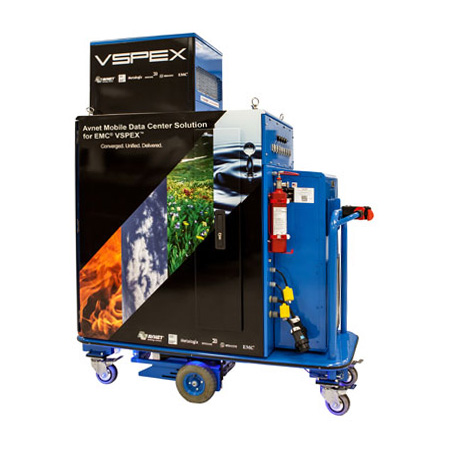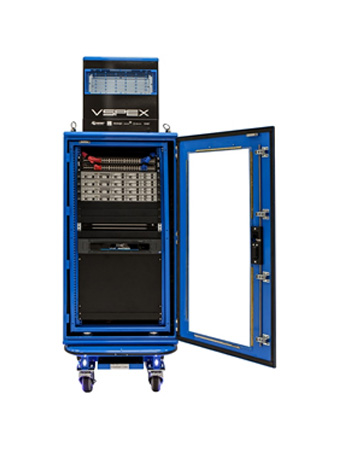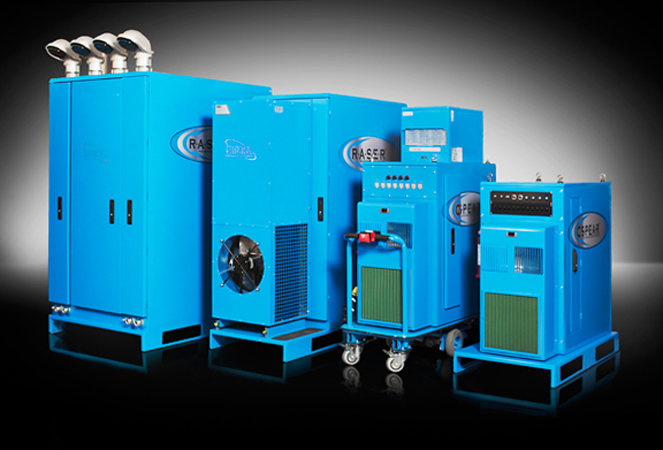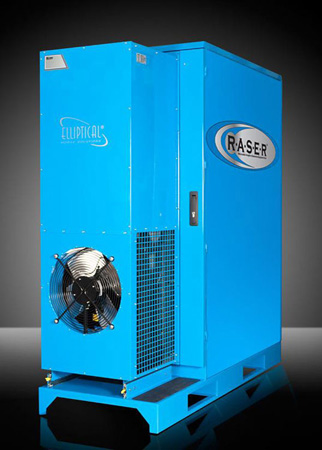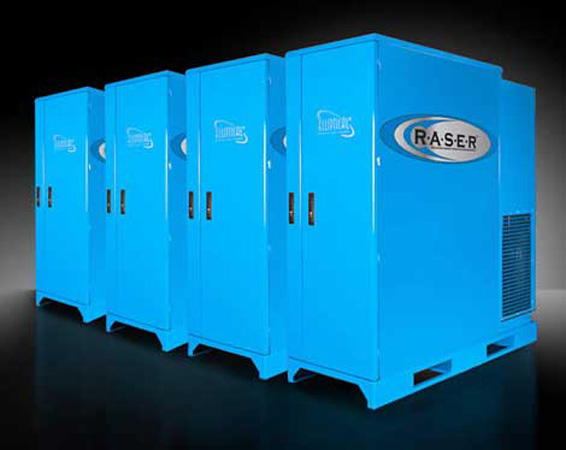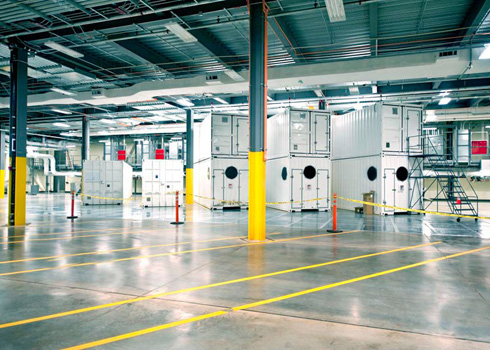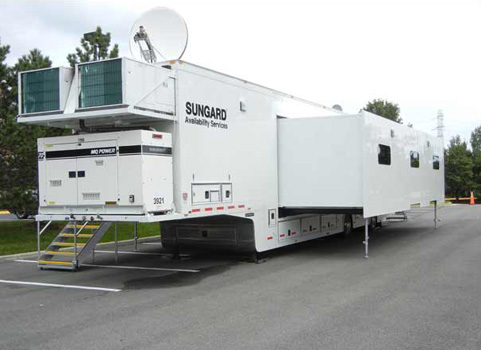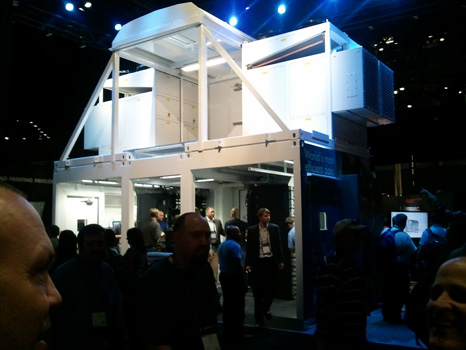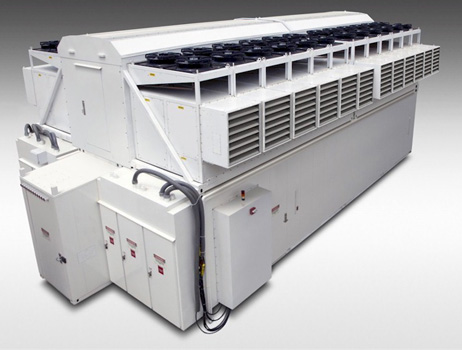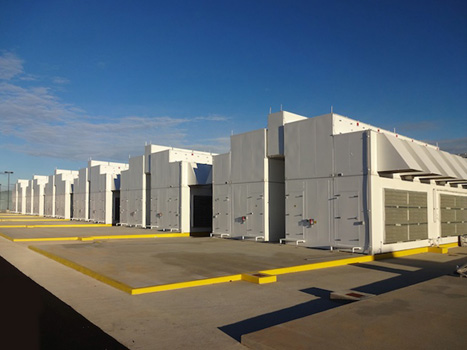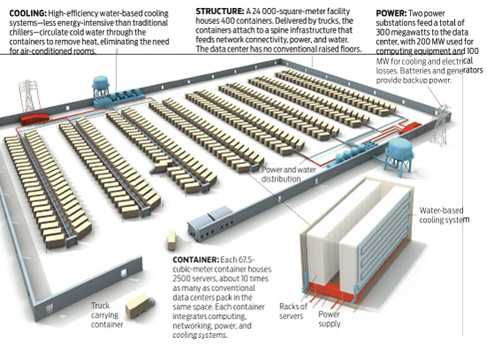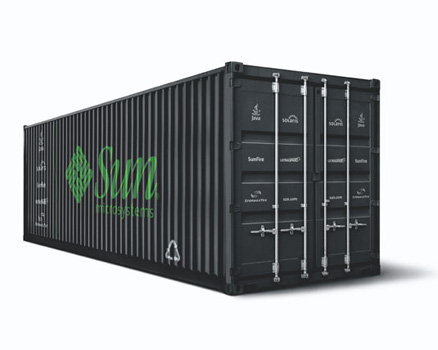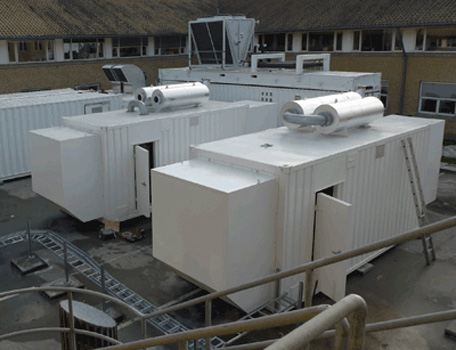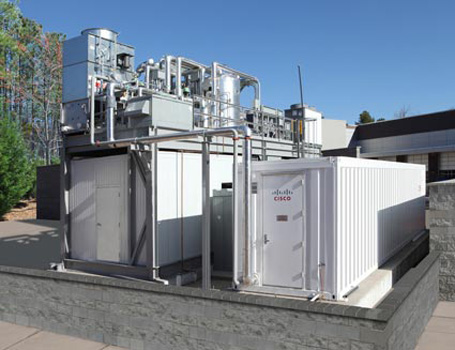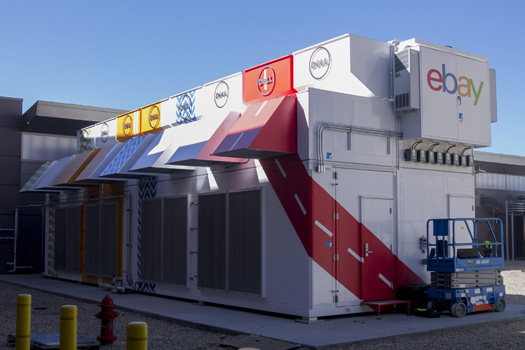Other projects that seem worth mentioning are these mini mobile, “all in one” modular units that look very infrastructural. The Mobile Data Center Solution by Avnet was launched in 2013, the C3 – S.P.E.A.R. by Eliptical Mobile Solution too (which seems to serve as the base for the Avnet one btw).
Besides their small size and their obviously mobile and versatile dimensions, I’m interested about them because of their rather unusual, robust industrial aspect, designed to me moved often with forklifts (Eliptical Solution) or by hand (Avnet). Not related to technology, they do make me rather think of some sort of professional cleaning devices for medium sized industrial areas, or possibly and more interestingly the carts of ice cream sellers (Avnet) or, of course, about air conditioning machines (E.M.S.)
Avnet about the Mobile data Center Solution: ” Based on EMC VSPEX reference architecture, this innovative new solution is available exclusively through Avnet for U.S. and Canadian partners to create private clouds for customers who need to rapidly deploy data centers to support business continuity, disaster recovery, large-scale events as well as remote field locations.”
(Of course, we are aware that anybody, including us, could put together a few server blades in a flight case cabinet and pretend it to be a small mobile data center! Which it would be).
